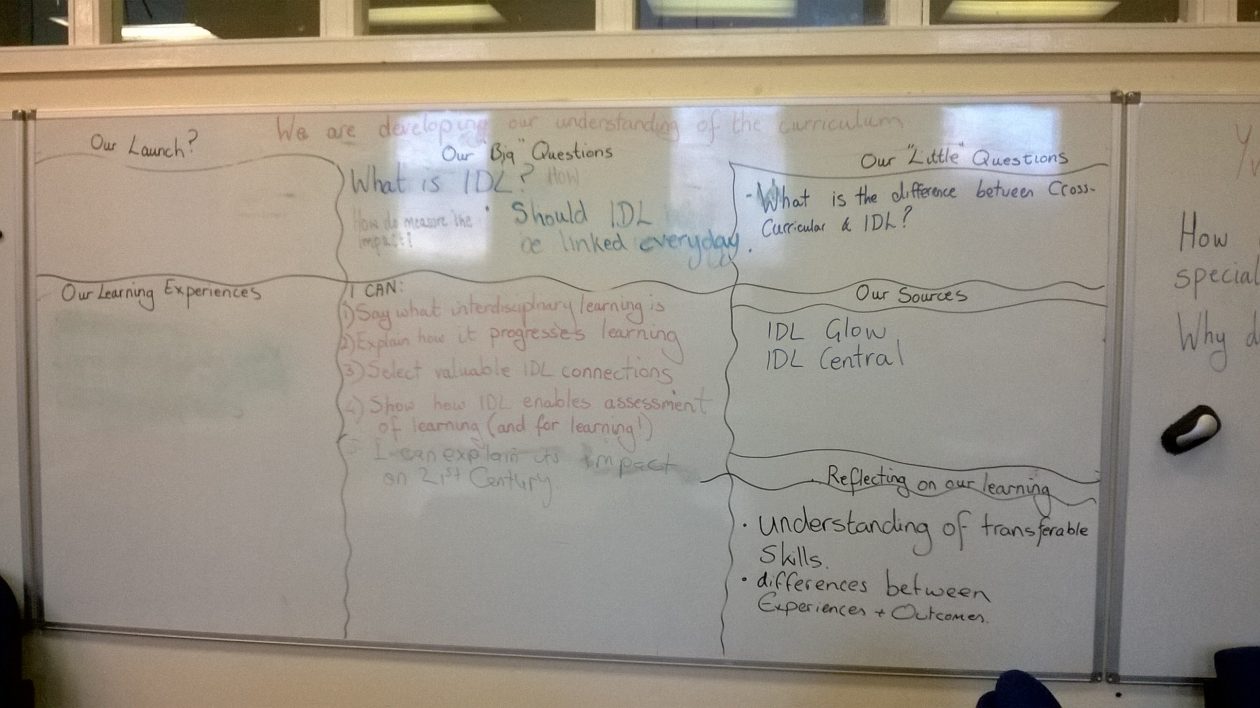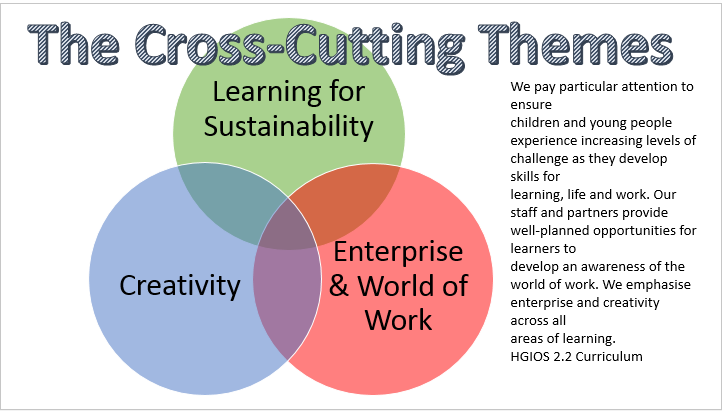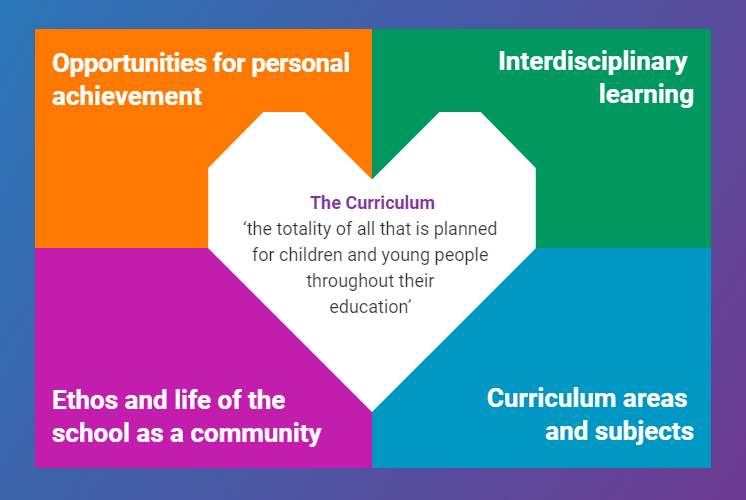
This blog post flags up a shift in emphasis on interdisciplinary learning this session. It is an extract from a post made by Yvonne McBlain in the Falkirk SSI Team blog – whole post available by clicking here. It may be useful to consider how these developments can run alongside our recovery planning.
A link in the Scotland Learns document alerts us to a 2020-21 re-focus on Interdisciplinary Learning (click to visit this page) which was partially inspired by “Pillars, Lintels and Foundations; a conference paper”. This paper used a metaphor for IDL, seeing it as the lintel which rested upon the pillars of disciplinary learning and the foundations of “routine competences, aptitudes, knowledge, skills and methods in and across subjects, including basic literacy and numeracy” (click here to view the whole paper). The concluding paragraph which provides the rationale for this re-focus is shared below:
Conclusions
The majority of learners would appear to progress through most or all of their education without actively engaging in IDL, yet most jobs, even at graduate level, seldom require a
background or qualification in any particular discipline. The transferable and higher-order skills that learners acquire throughout their education may be of more lasting importance. A systemic response to this challenge is required since the jobs of the 21st century will be increasingly project-driven rather than discipline-driven and will require the collaborative
engagement of generalists and specialists. Understanding a complex and rapidly changing world requires a wide range of knowledge and an interdisciplinary perspective. It is, therefore, a responsibility of educators to try to ensure that learners become adept in both disciplinary and interdisciplinary learning.
We are advised that this session Education Scotland will be developing the following IDL opportunities:
- Thriving in challenging circumstances with reference to current issues of COVID-19
- Creative Bravery with an opportunity to join the Creative Bravery Festival which will run from 21-27 September, 2020;
- Scotland’s Culture with a focus on creativity and the arts;
- Sustainability with a focus on Learning for sustainability.
Webinars and resources are being planned to support the IDL opportunities above.
If and when appropriate to you and your establishment, Yvonne McBlain, education support officer with Falkirk Children’s Services would be happy to support senior leaders and practitioners interested in engaging with these developments. Contact yvonne.mcblain@falkirk.gov.uk if you are ready to explore how these can inform and support your ongoing curriculum planning and design.
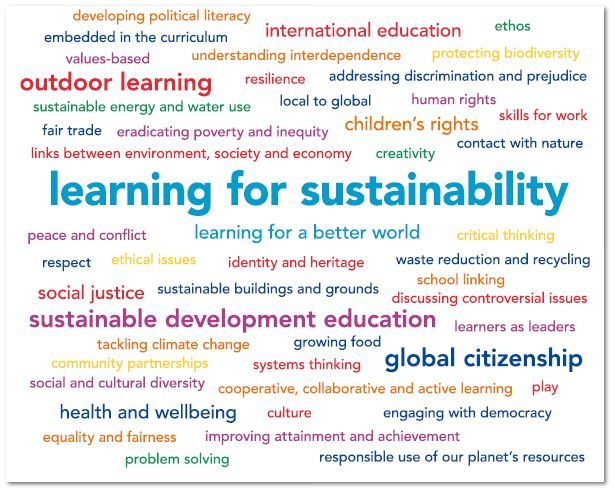
Yvonne and Jane Jackson, outdoor learning support officer, have already looked at interdisciplinary learning within the Learning for Sustainability focus – find out more by viewing our Sway here.
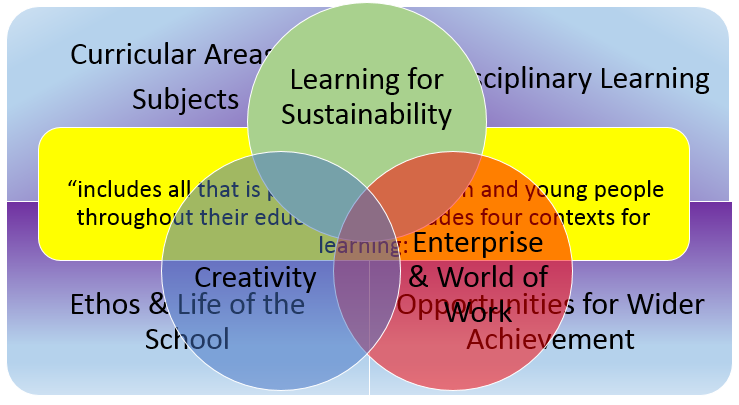
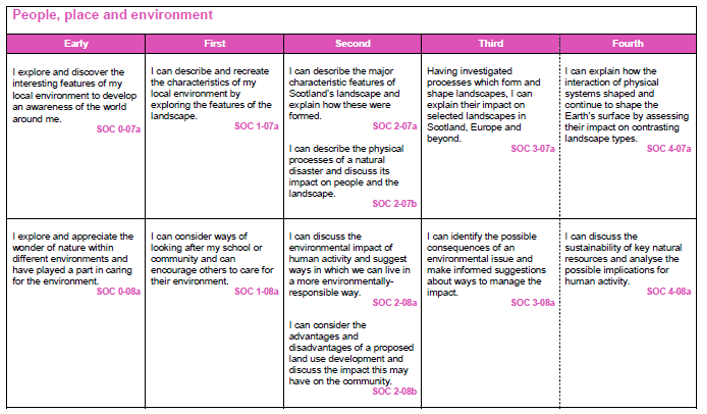
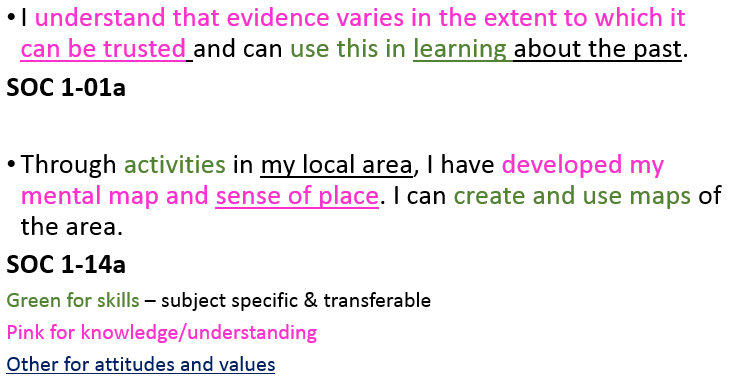
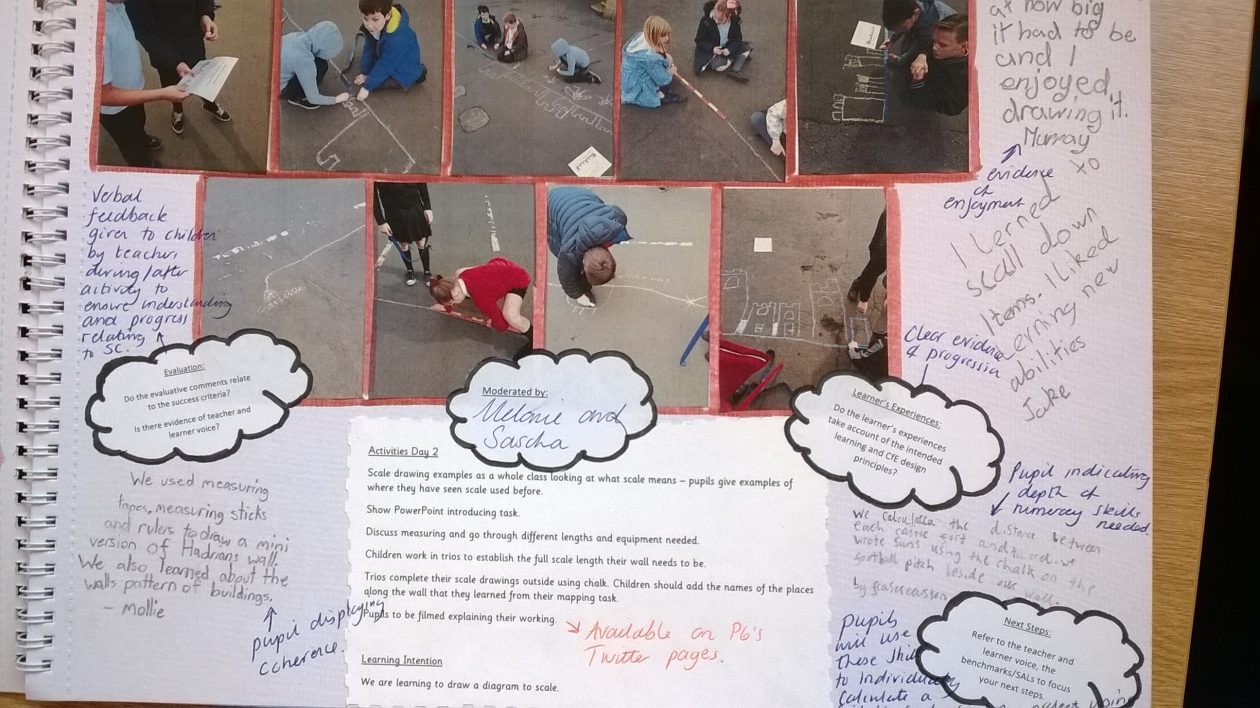
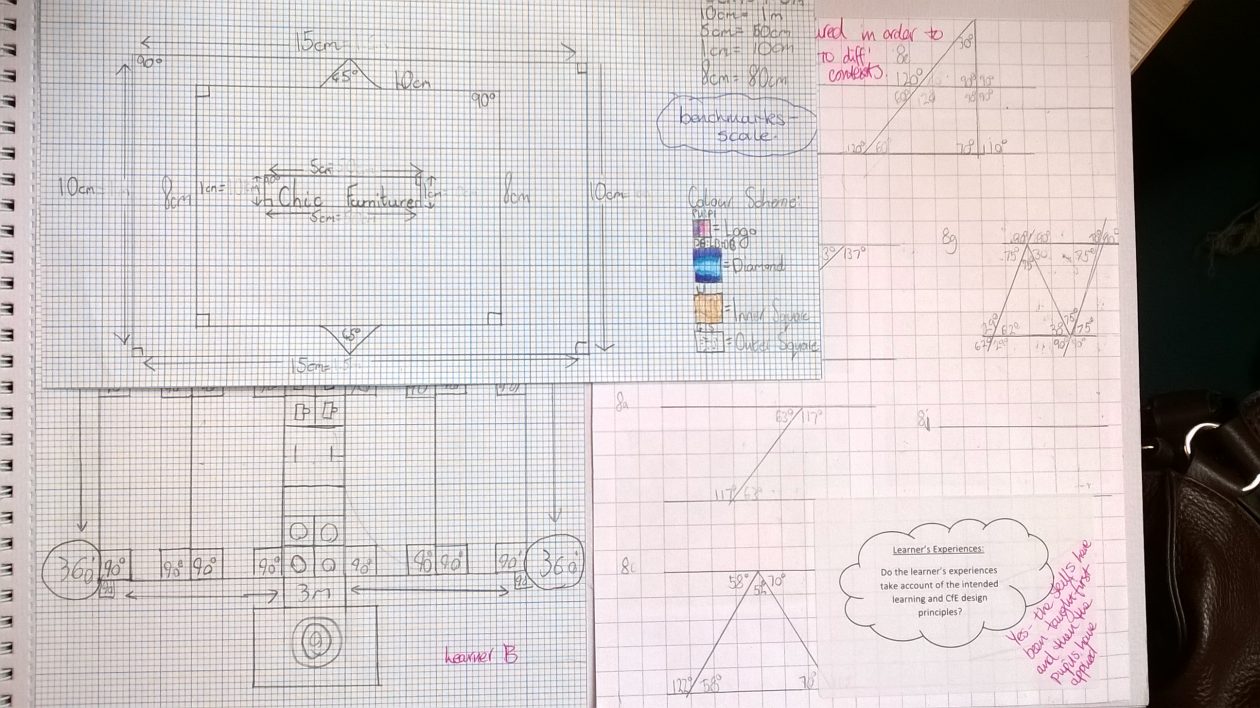

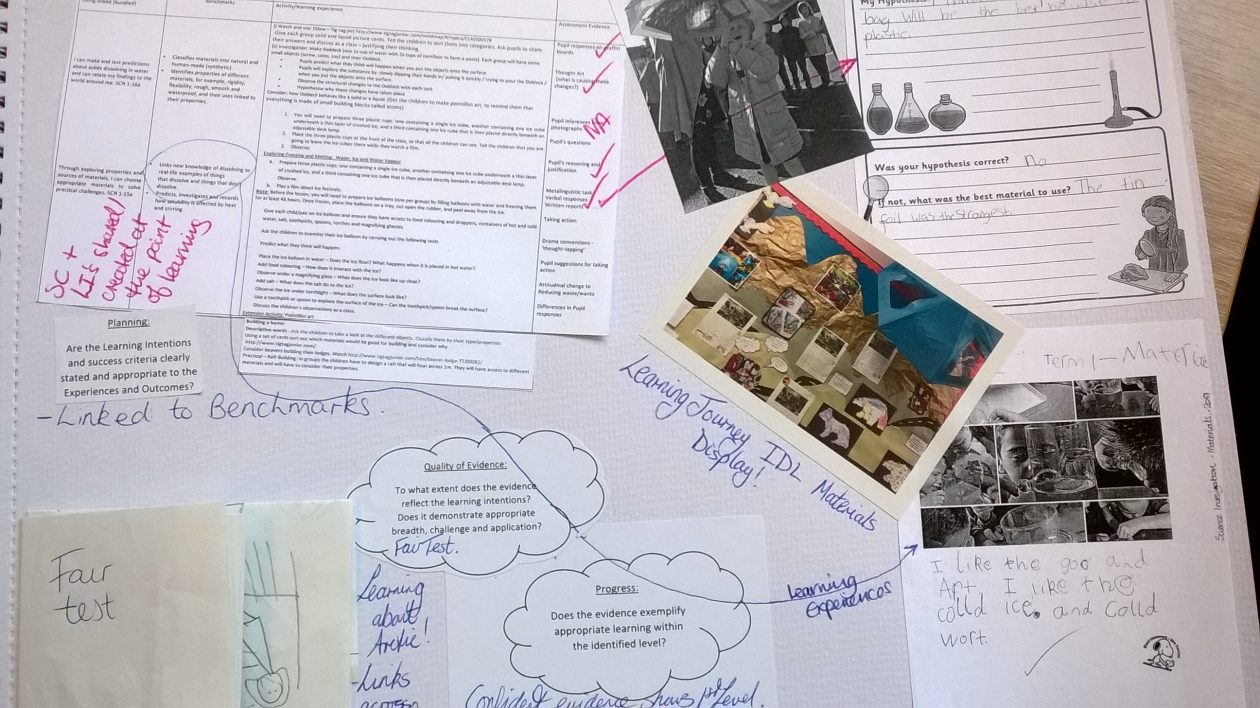

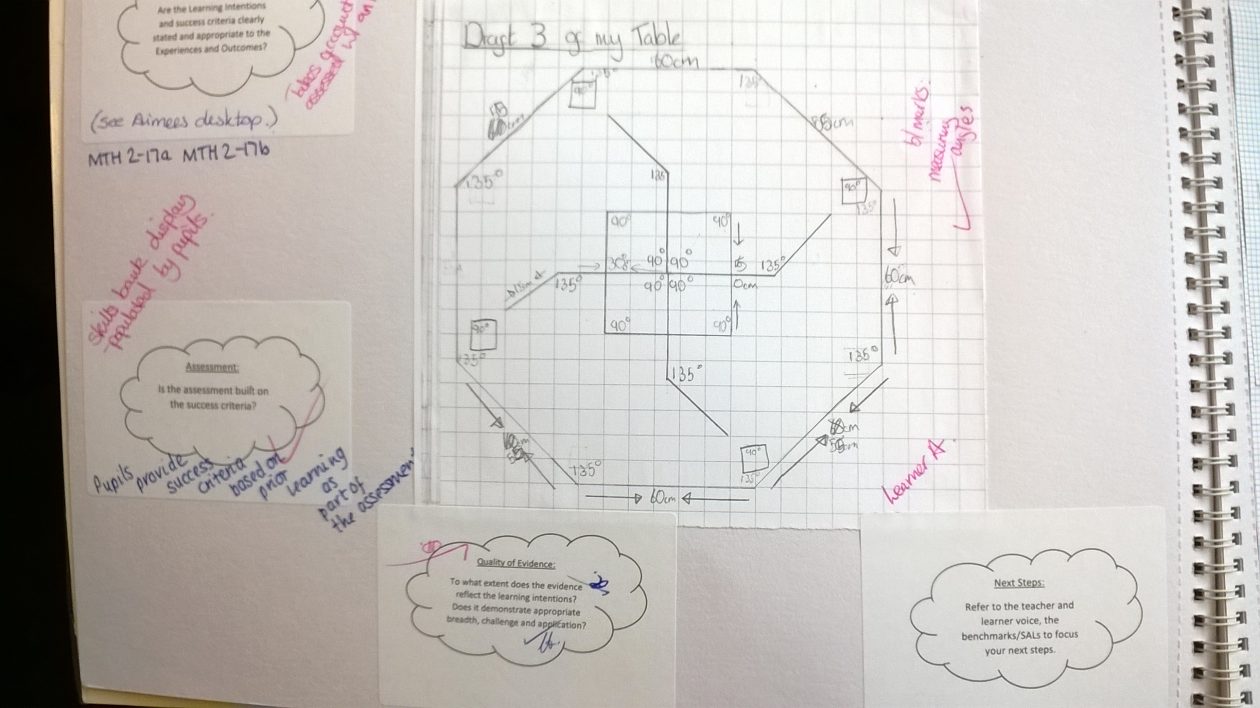
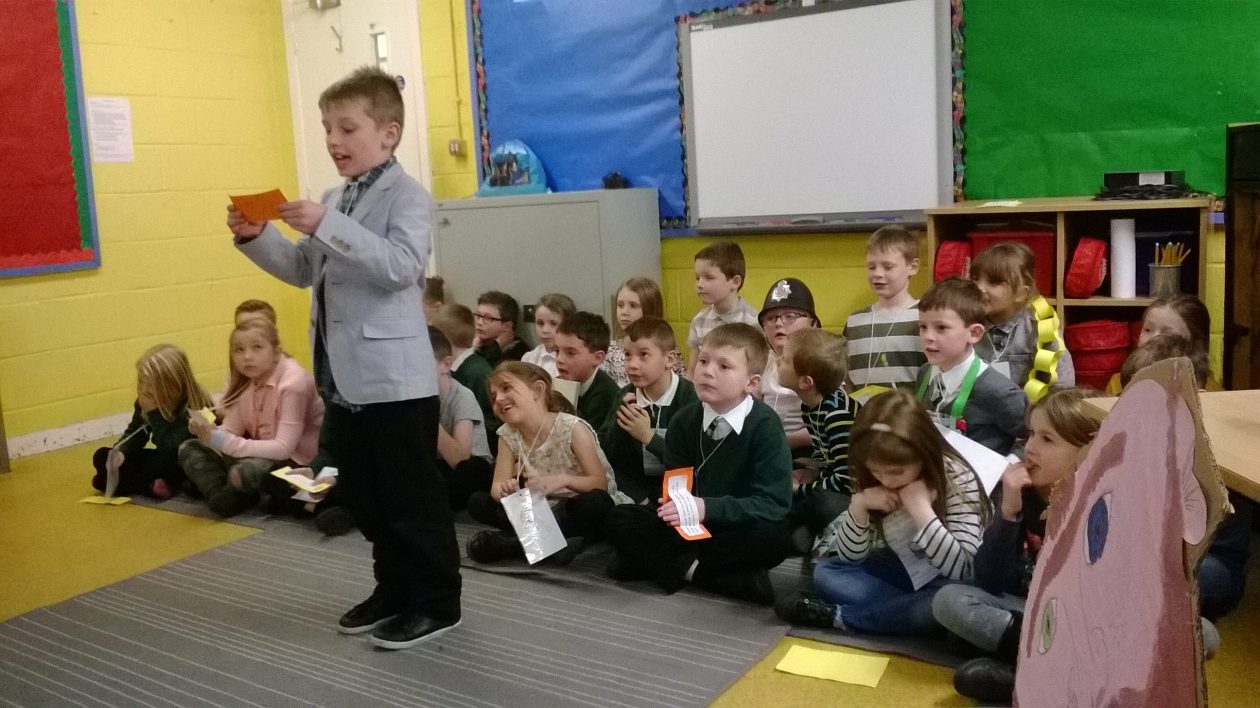 Mrs Main and Miss Hunter, teachers of primary 3 at St Margaret’s PS have been using the storyline approach to help develop their pupils’ understanding of citizenship. They used a WOSDEC (West of Scotland Development in Education Centre) global storyline resource called The Giant of Thistle Mountain – this involves using drama as a vehicle to tackle complicated societal issues which are interdisciplinary. This storyline links social studies, literacy and health and wellbeing E & Os as seen in the photo of the display below.
Mrs Main and Miss Hunter, teachers of primary 3 at St Margaret’s PS have been using the storyline approach to help develop their pupils’ understanding of citizenship. They used a WOSDEC (West of Scotland Development in Education Centre) global storyline resource called The Giant of Thistle Mountain – this involves using drama as a vehicle to tackle complicated societal issues which are interdisciplinary. This storyline links social studies, literacy and health and wellbeing E & Os as seen in the photo of the display below.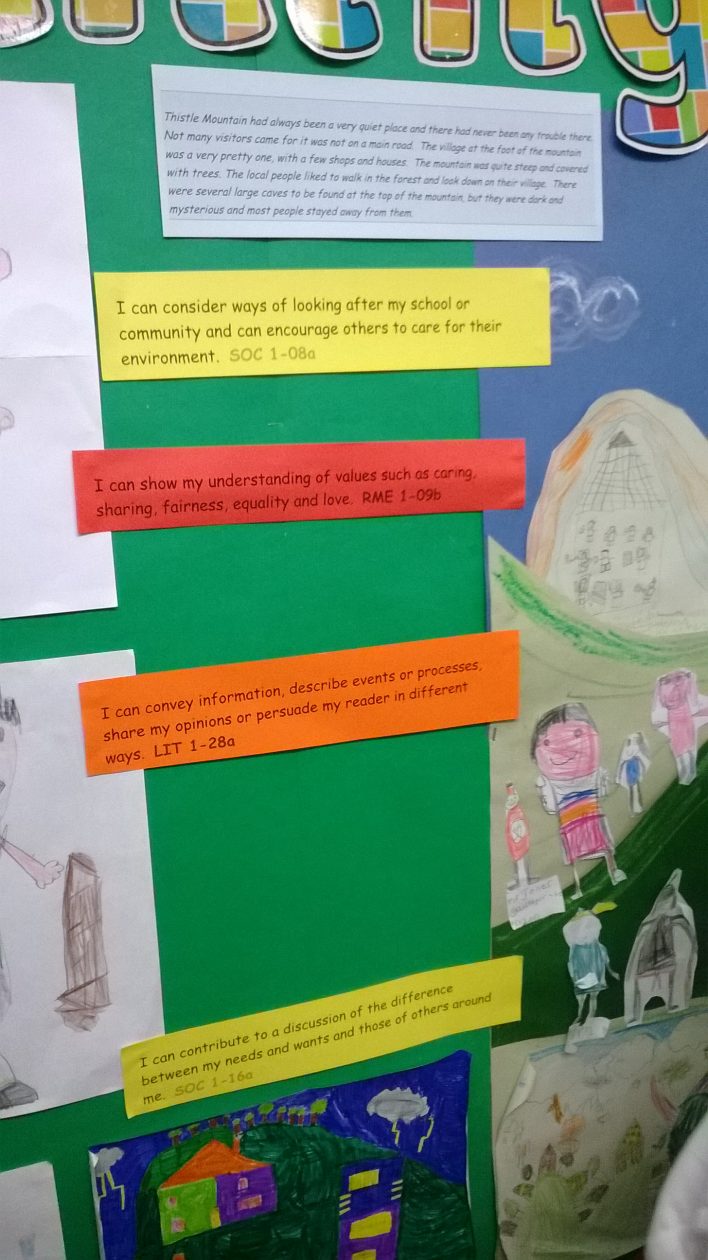
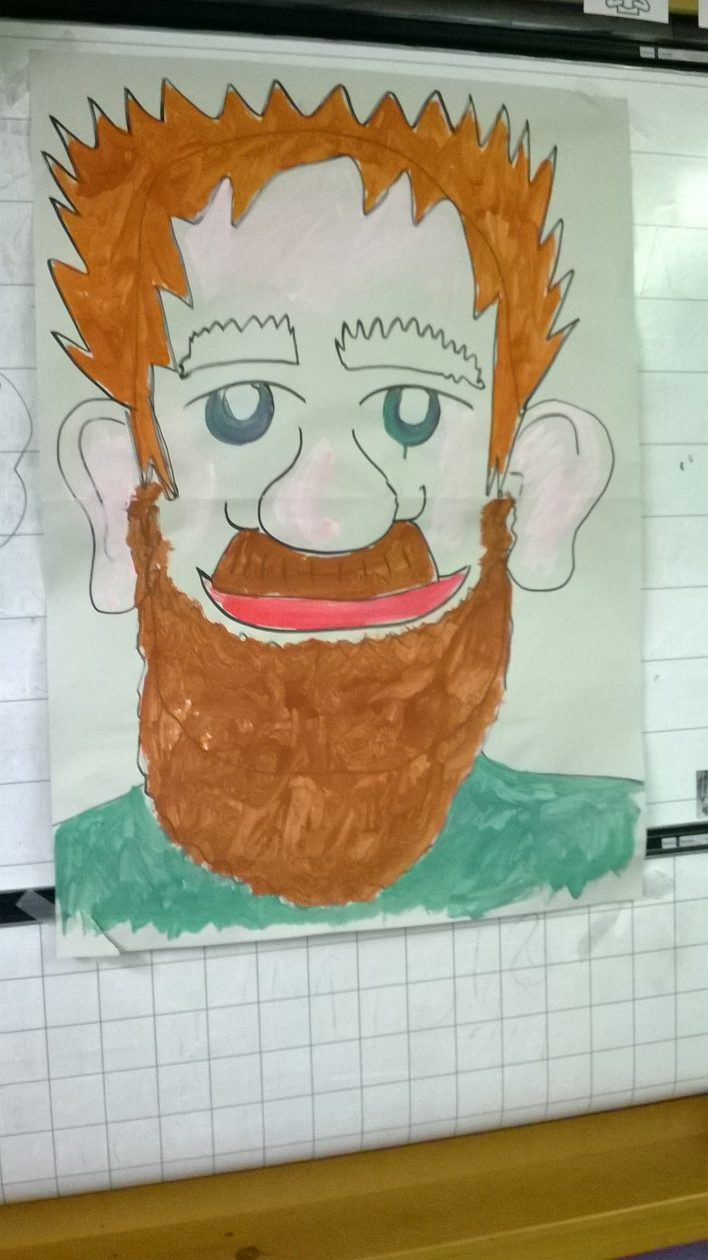
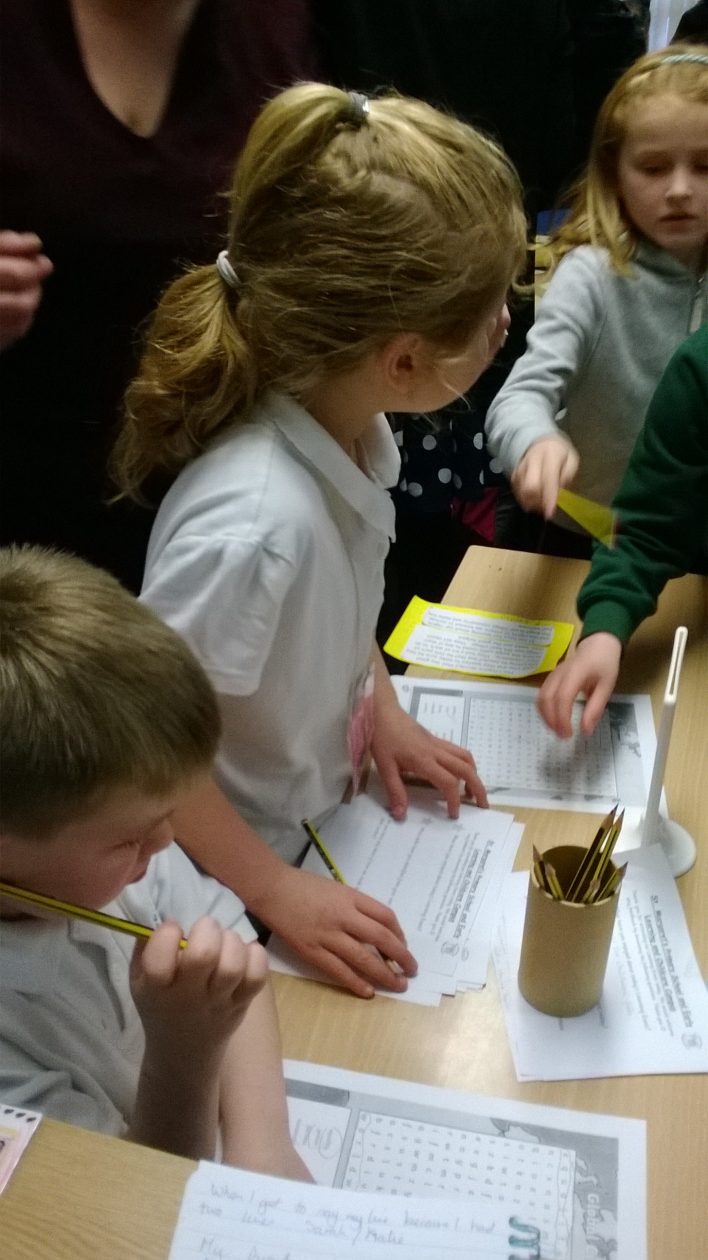

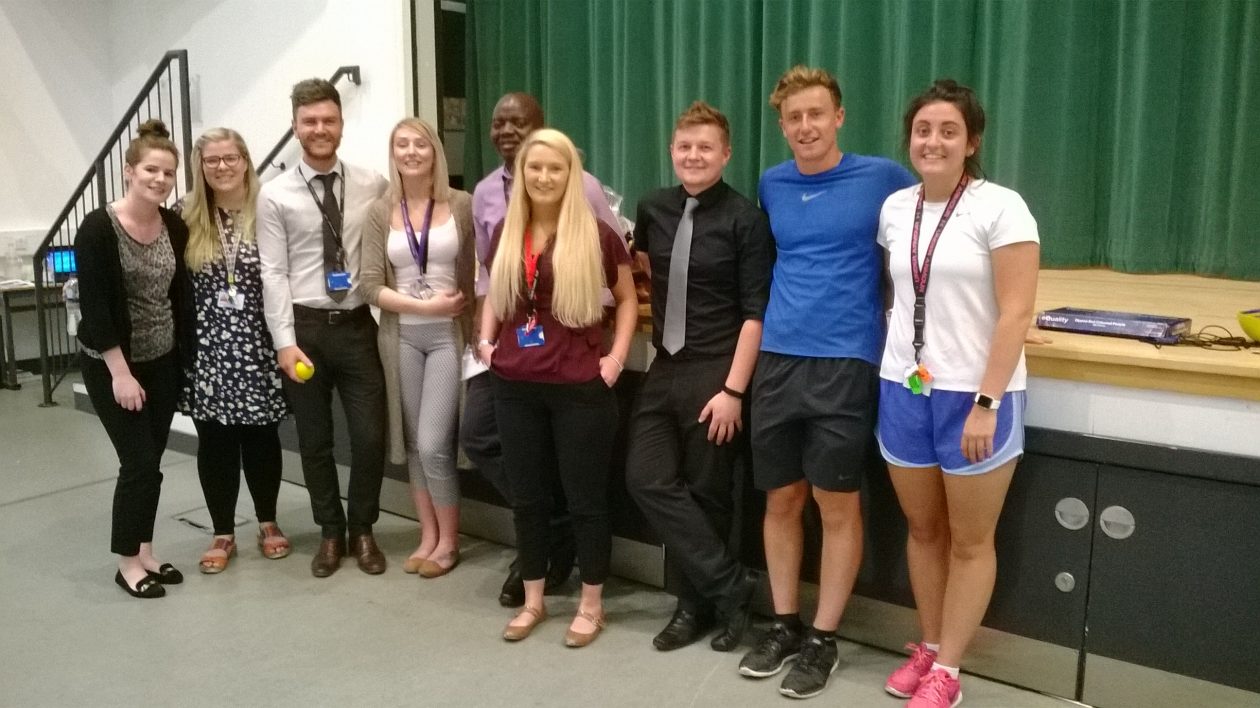 Senior managers at St Mungo’s RC High School challenged their 9 probationer teachers with the creation of an interdisciplinary learning opportunity for their 2016-17 S3 pupils.
Senior managers at St Mungo’s RC High School challenged their 9 probationer teachers with the creation of an interdisciplinary learning opportunity for their 2016-17 S3 pupils.

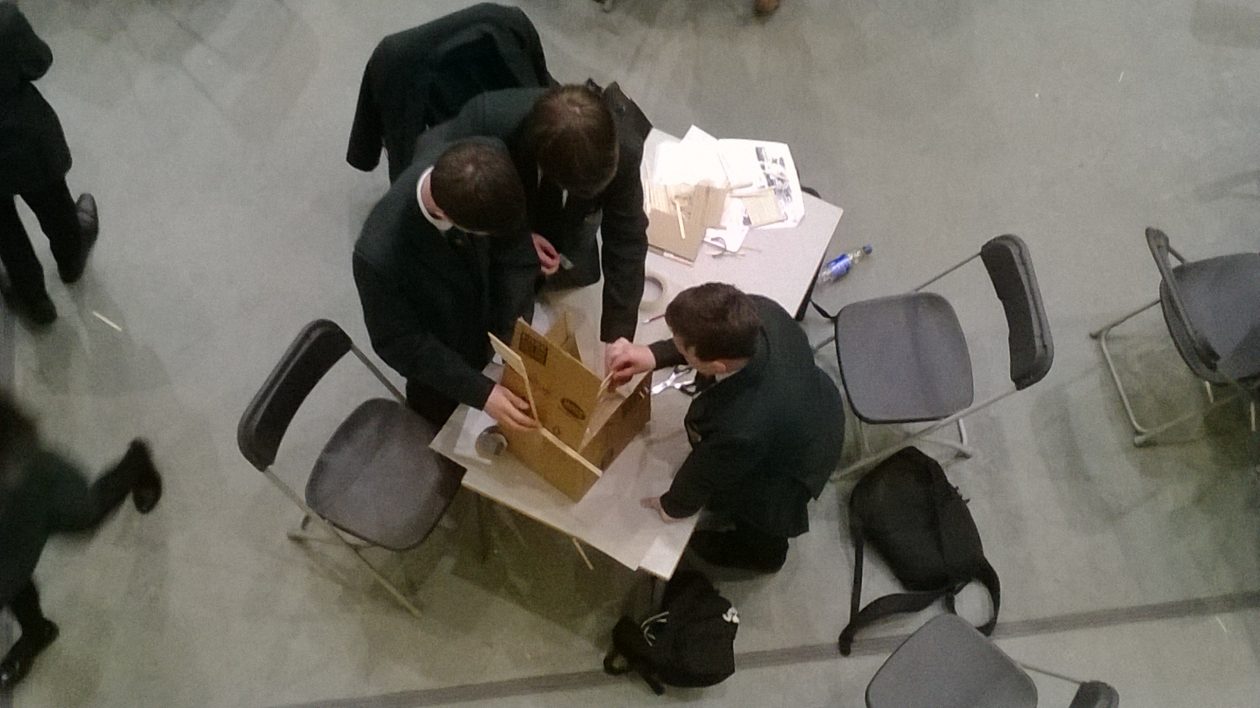 The brief asked them to consider how they could meet the needs of local citizens and enhance lives and the environment in their community.
The brief asked them to consider how they could meet the needs of local citizens and enhance lives and the environment in their community.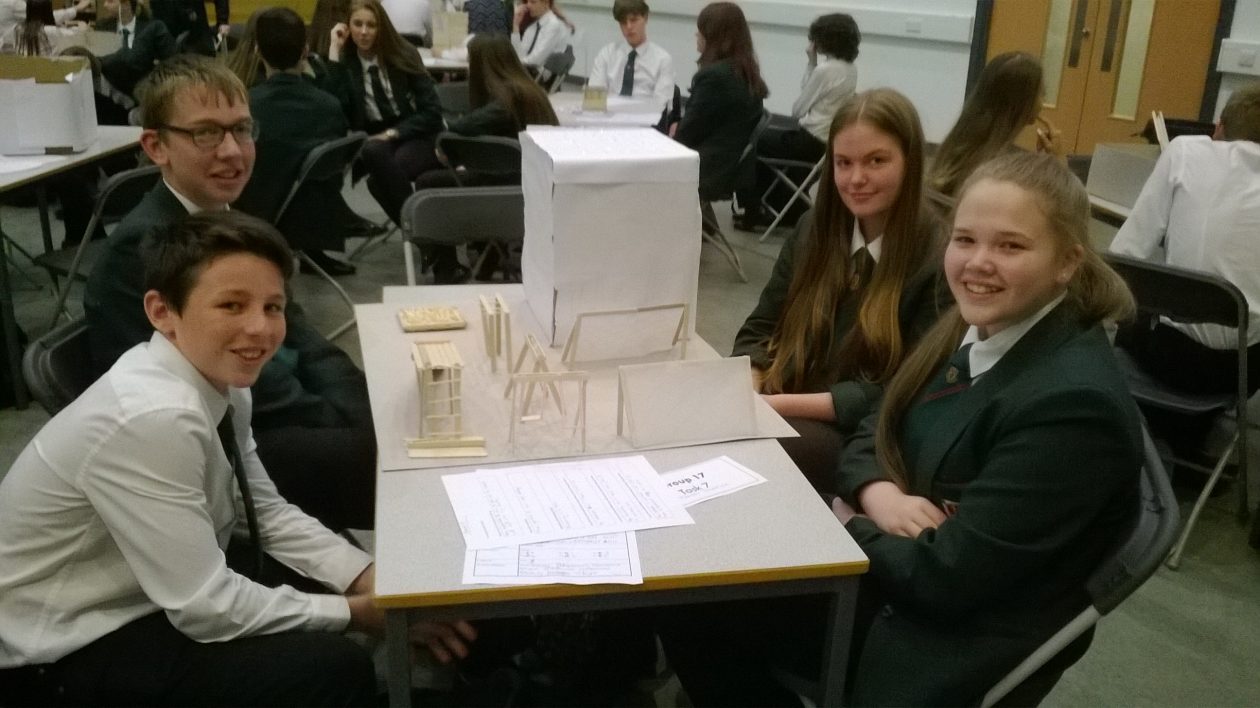 An element of competition was added by providing the deadline, and a panel of judges who would choose the model and idea which best fitted the criteria and constraints of the design brief. Stephen Phee, rector, Audrey Farley and Anne-Marie Jess, depute rectors, and Yvonne McBlain, curriculum support teacher acted as judges. Pupils rose to this challenge on a number of levels, and the judges naturally found it difficult to make their selection on both days. Everyone involved was extremely impressed by pupils:
An element of competition was added by providing the deadline, and a panel of judges who would choose the model and idea which best fitted the criteria and constraints of the design brief. Stephen Phee, rector, Audrey Farley and Anne-Marie Jess, depute rectors, and Yvonne McBlain, curriculum support teacher acted as judges. Pupils rose to this challenge on a number of levels, and the judges naturally found it difficult to make their selection on both days. Everyone involved was extremely impressed by pupils: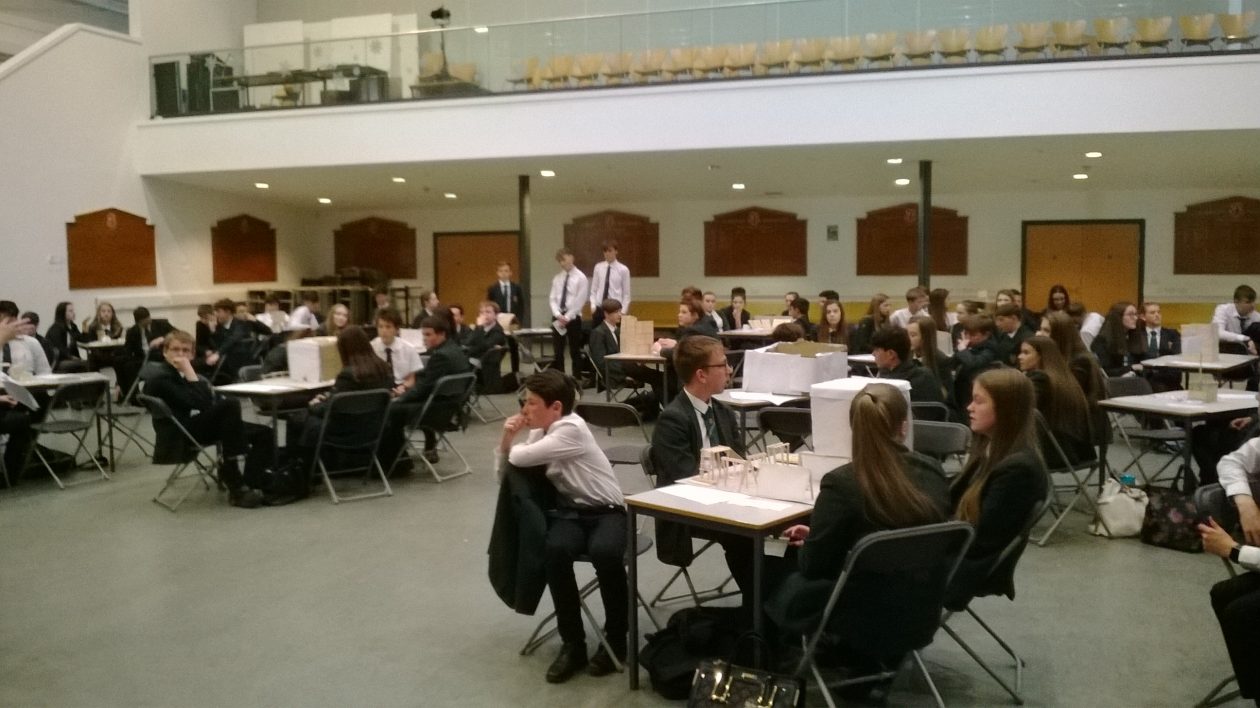 The two groups who created the winning solutions were naturally thrilled, and the probationer teachers are currently collating the pupil evaluations of this new interdisciplinary experience. Unfortunately, Alison had started her maternity leave, so Anne-Marie and Audrey were delighted to praise the ingenuity and hard work of their probationer teachers. They obviously demonstrated their own team-work, enterprise and problem solving capabilities by orchestrating the whole project from start to finish. They applied their knowledge of their own subject and of interdisciplinary learning effectively, and employed their teaching and organisational skills creatively so that pupils gained a valuable and enjoyable educational experience.
The two groups who created the winning solutions were naturally thrilled, and the probationer teachers are currently collating the pupil evaluations of this new interdisciplinary experience. Unfortunately, Alison had started her maternity leave, so Anne-Marie and Audrey were delighted to praise the ingenuity and hard work of their probationer teachers. They obviously demonstrated their own team-work, enterprise and problem solving capabilities by orchestrating the whole project from start to finish. They applied their knowledge of their own subject and of interdisciplinary learning effectively, and employed their teaching and organisational skills creatively so that pupils gained a valuable and enjoyable educational experience. 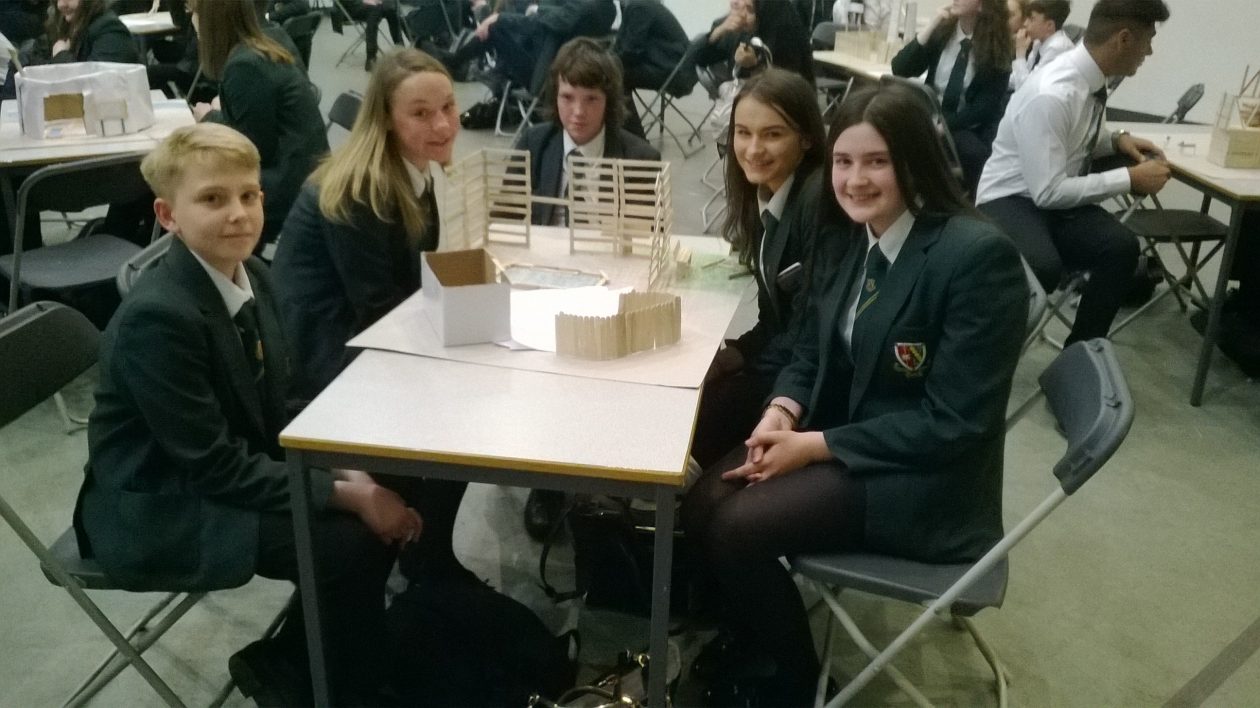



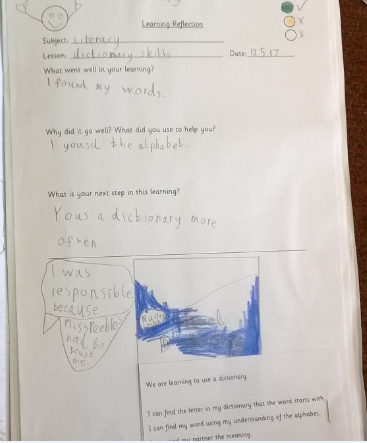
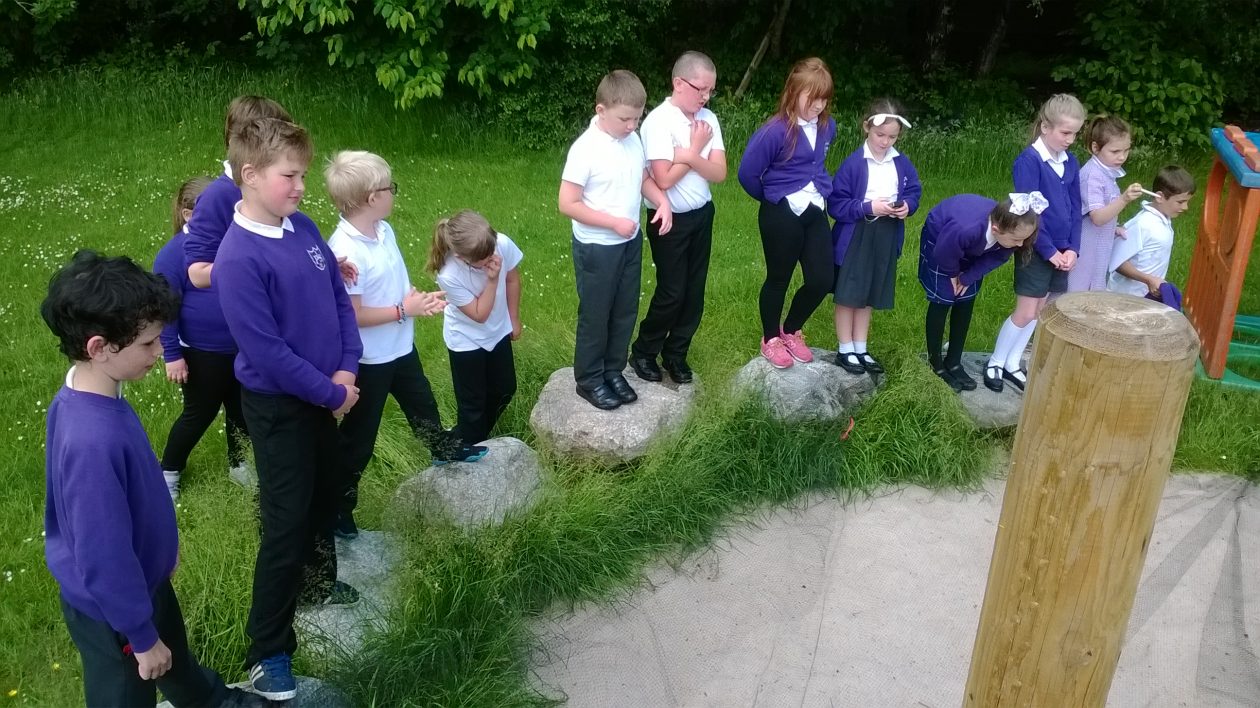

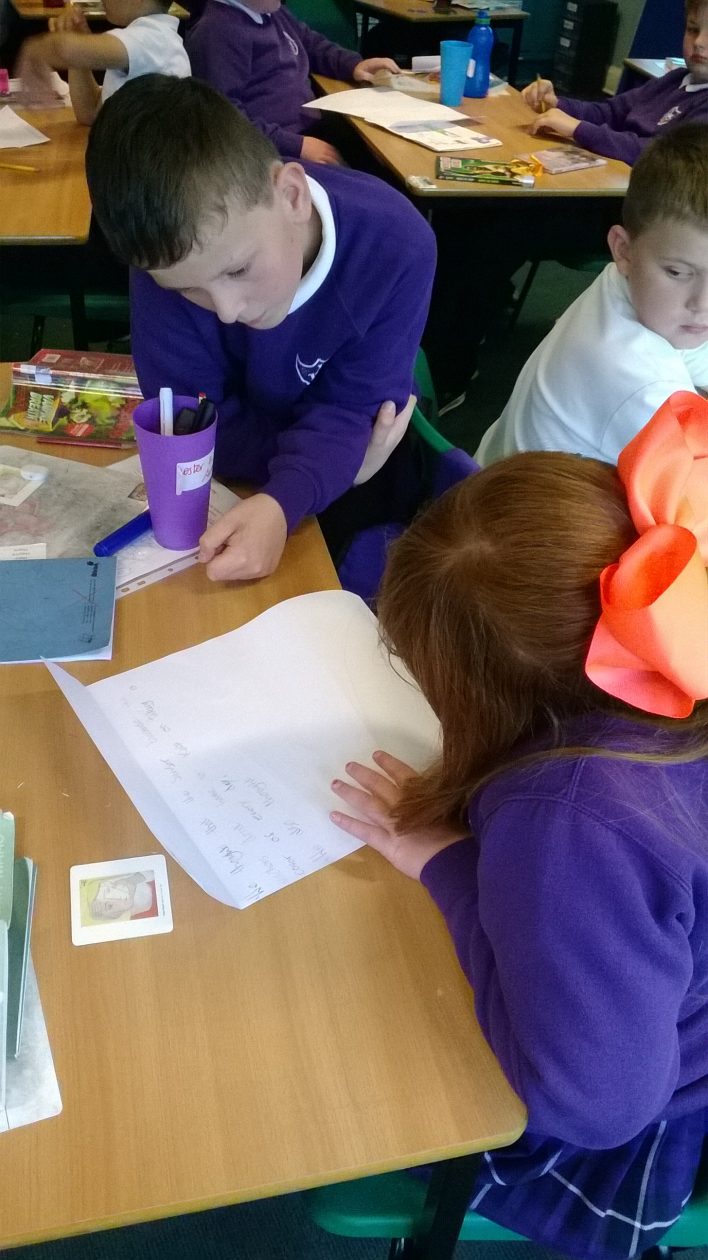 Then we made little models of what we thought might help solve the problem. We made these out of pipe cleaners and damp sand.
Then we made little models of what we thought might help solve the problem. We made these out of pipe cleaners and damp sand.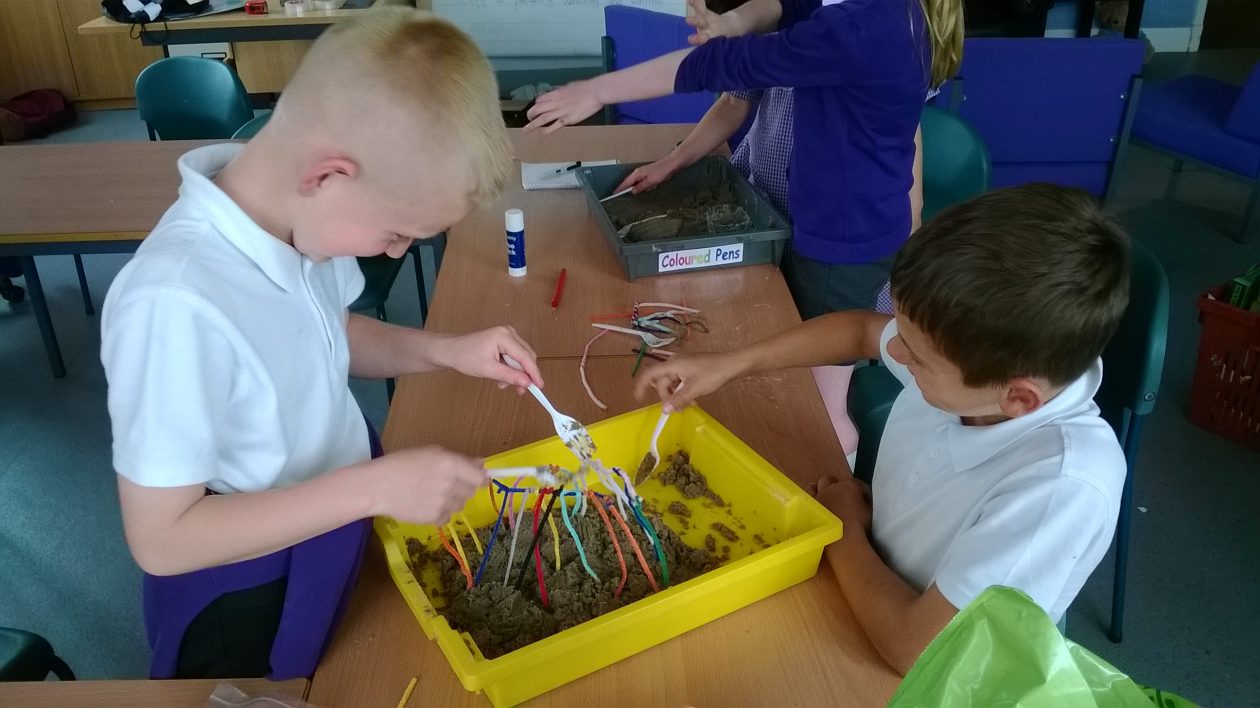 We also researched and found out about cat sensors and alarms. Then we researched about toxoplasmosis – this is a disease you can get from the cat poo. 4 of us did more detailed research and gave a power point presentation to the class.
We also researched and found out about cat sensors and alarms. Then we researched about toxoplasmosis – this is a disease you can get from the cat poo. 4 of us did more detailed research and gave a power point presentation to the class. 
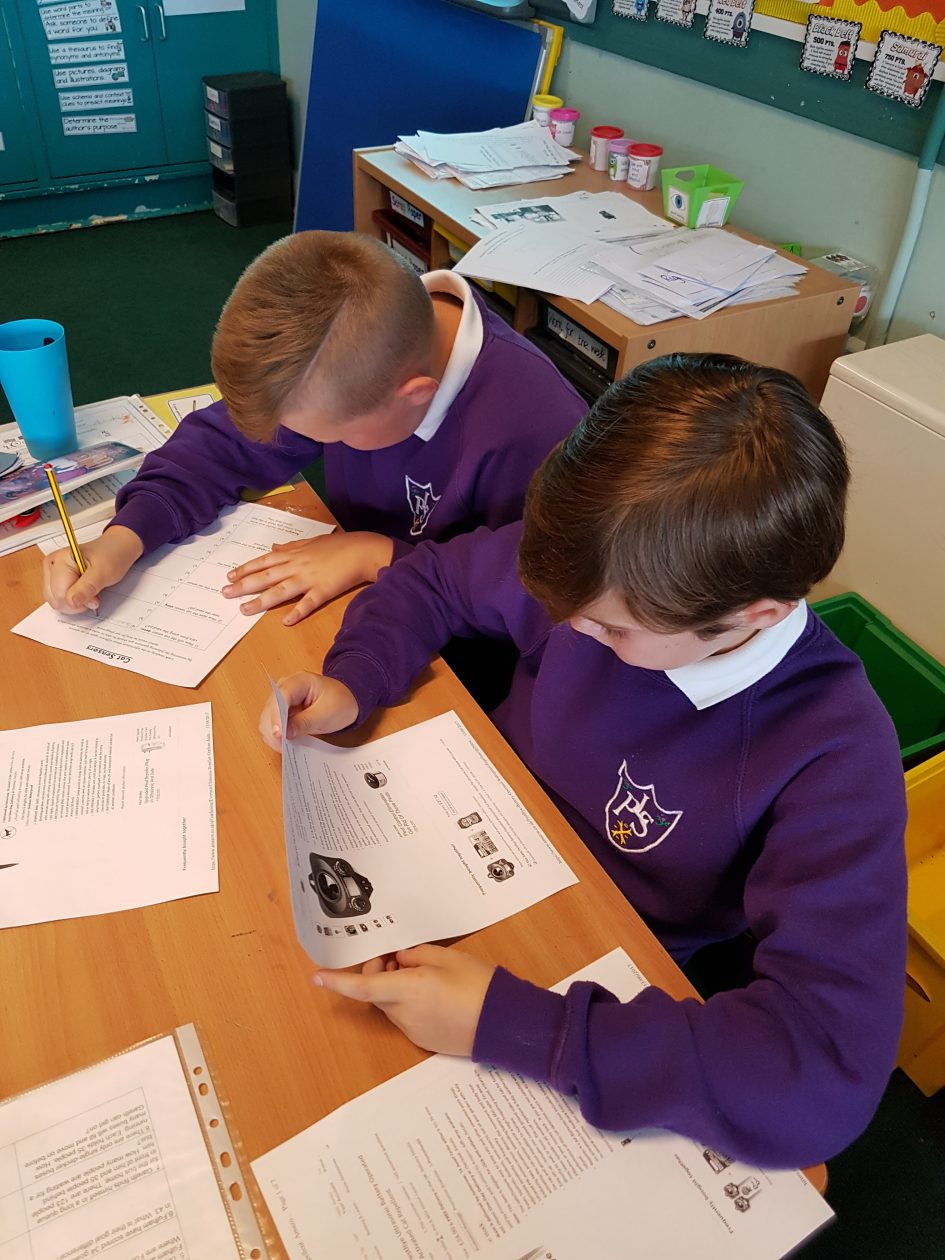
 Then we felt we were ready to go and see our head teacher and the other adults in school who would have to help us look after our sand pit. We planned what to say to them, and chose 3 people to be the voice of the whole class. (Kai, Gregor & Amy).
Then we felt we were ready to go and see our head teacher and the other adults in school who would have to help us look after our sand pit. We planned what to say to them, and chose 3 people to be the voice of the whole class. (Kai, Gregor & Amy).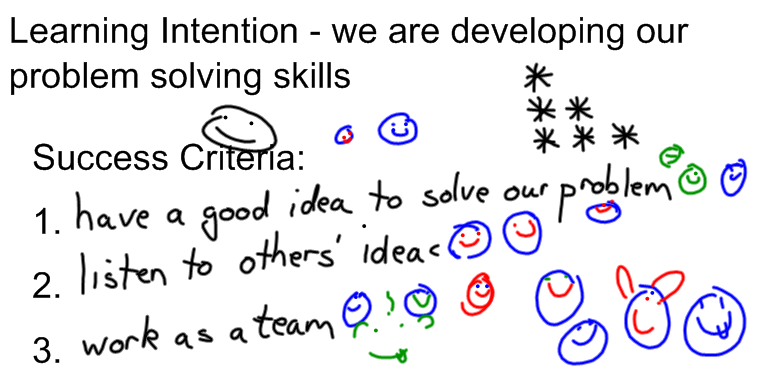
 Yvonne McBlain, curriculum support teacher, Falkirk Children’s Services, is working with colleagues from schools across our authority to build on the Interdisciplinary Learning training delivered during session 2015-16. Colleagues who took part in this training, have been invited to become part of the existing IDL networks for primary and secondary IDL . This combined group has met twice now, to identify the kind of support which would be useful to schools and establishments.
Yvonne McBlain, curriculum support teacher, Falkirk Children’s Services, is working with colleagues from schools across our authority to build on the Interdisciplinary Learning training delivered during session 2015-16. Colleagues who took part in this training, have been invited to become part of the existing IDL networks for primary and secondary IDL . This combined group has met twice now, to identify the kind of support which would be useful to schools and establishments.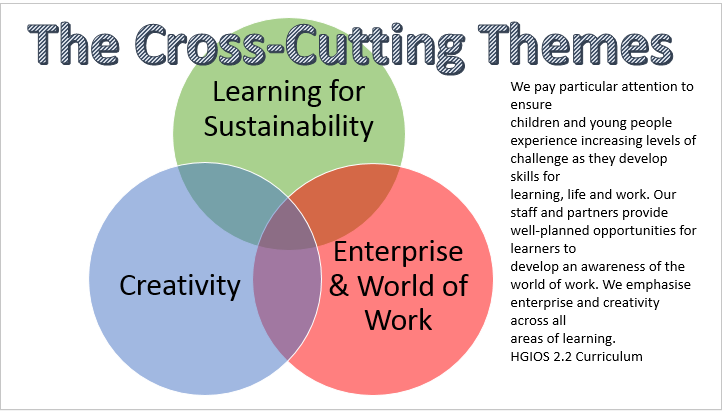

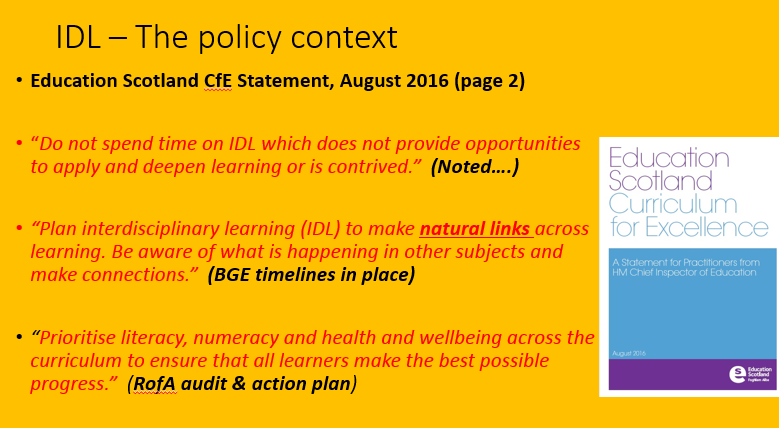
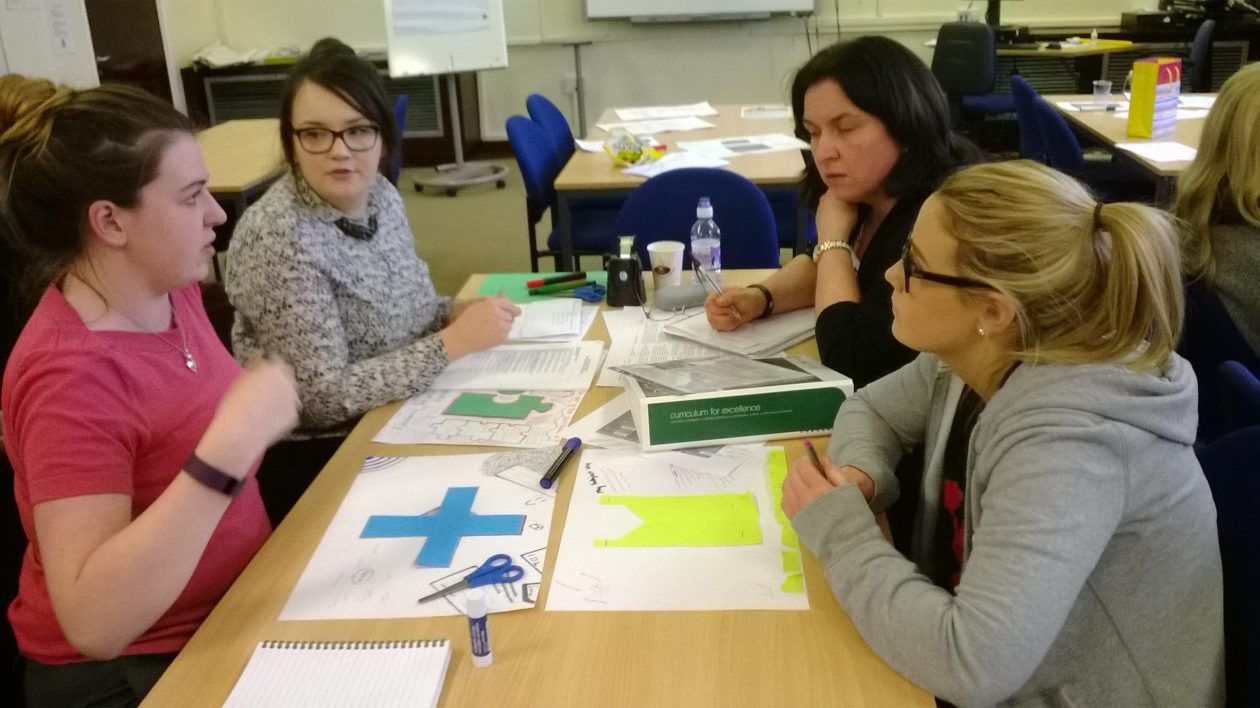 On 28th February and 1st March, Yvonne McBlain supported probationer teachers from Falkirk secondary schools with their exploration of interdisciplinary learning. Yvonne designed the 3 hour session as a practical and experiential engagement with the various elements of the curriculum. Click here to view the blog post which shares the power point presentation she created to refer to during the two afternoon sessions. This presentation proved useful to pop into at relevant points and enabled Yvonne to demonstrate a learner centred and responsive teaching approach. The simple learner-led planning structure which can be seen in the photo was used to help co-create the working sessions.
On 28th February and 1st March, Yvonne McBlain supported probationer teachers from Falkirk secondary schools with their exploration of interdisciplinary learning. Yvonne designed the 3 hour session as a practical and experiential engagement with the various elements of the curriculum. Click here to view the blog post which shares the power point presentation she created to refer to during the two afternoon sessions. This presentation proved useful to pop into at relevant points and enabled Yvonne to demonstrate a learner centred and responsive teaching approach. The simple learner-led planning structure which can be seen in the photo was used to help co-create the working sessions. 